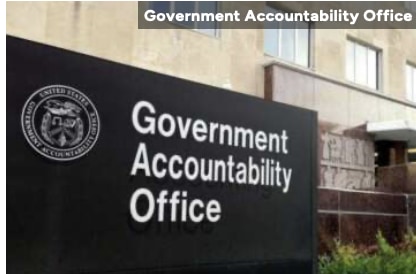Trusted Workforce 2.0 a mixed bag for agencies, contractors so far

Trusted Workforce 2.0 a mixed bag for agencies, contractors so far
By Justin Doubleday
Seven years into “Trusted Workforce 2.0,” agencies and contractors have seen some positive changes, but are lukewarm on whether the effort is delivering substantial reform.
That’s the upshot from a new Government Accountability Office report released Friday. GAO evaluates the implementation of Trusted Workforce 2.0 by surveying 45 departments and agencies, as well as 626 federal contractors.
The goal of Trusted Workforce 2.0 is to streamline and modernize how agencies and industry conduct security clearance checks and other personnel vetting processes. The initiative has been led by the White House, the Office of the Director of National Intelligence and the Office of Personnel Management.
The primary success of the initiative so far is continuous vetting. GAO found that the majority of agencies reported that the system of automated record checks “helped to mitigate risk, save costs, increase efficiency, or provide other benefits.”
In addition to continuous vetting, White House offices have rolled out a series of new policies aimed at streamlining personnel vetting.
But technology and resources pose major challenges, according to GAO’s report.
Forty-two out of 43 agencies told GAO that “adapting their agency personnel vetting information systems to the requirements of TW 2.0” has been either moderately or very challenging.
The Defense Counterintelligence and Security Agency has been developing a new end-to-end IT system called National Background Investigation Services, or NBIS. But the program is years behind schedule. DCSA recently finalized a new capability delivery roadmap for the NBIS program.
About 51% of agencies told GAO that the Trusted Workforce 2.0 initiative had at least somewhat improved their ability to manage risks while onboarding new personnel. But 27% of agencies said there had been “no change.” Four agencies said the initiative had “somewhat reduced” their risk management.
“The lack of a single system for personnel vetting increases … the risk of inaccurate information,” GAO quoted one agency as responding.
Meanwhile, federal contractors, which manage vast populations of cleared workers, are also critical to Trusted Workforce 2.0.
In GAO’s survey, contractors reported some efficiency gains. About 40% of contractors responding to GAO’s survey said the initiative has improved the “efficiency of the process for requesting a security clearance.” Meanwhile, another 45% reported improvements in the time it takes to receive a preliminary determination or interim clearance.
“It seems like it is taking less time to get a [preliminary determination] and therefore we can start new employees much faster,” one contractor told GAO.
But 52% of contractors told GAO that obtaining information about ongoing background investigations — which can take months to complete — was at least somewhat challenging. And 35% experienced challenges in getting information when they received a continuous-vetting alert on an employee.
Contractors also reported frustrations with having to input data into two systems: the legacy Defense Information System for Security and the new NBIS system.
“The benefits of continuous vetting have been somewhat overshadowed by the difficulties associated with the transition to NBIS,” one contractor told GAO. “The IT system’s shortcomings have introduced significant inefficiencies….”
Perhaps most troubling for a seven-year-old initiative: 45% of contractors said Trusted Workforce 2.0 has resulted in “no change” in their ability to manage risks when onboarding new personnel. Another 24% said they had “no basis to judge” on that question.
Despite the progress on reduced background investigation backlogs, the shift to continuous vetting and faster preliminary determinations, much of Trusted Workforce 2.0’s success hinges on the progress of NBIS.
“The primary factor affecting our ability to manage risk during the onboarding of new personnel has been the challenges associated with the National Background Investigation Services system,” one contractor wrote in response to GAO.
